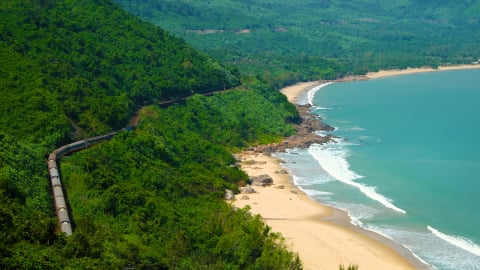Among the vast world she has visited – with more than 85 countries stretching from Asia to Europe, Africa to South America, Cao Thi Thu Hien still has a special love for Ladakh, the harsh plateau in the Jammu and Kashmir region of India. As a person working in the tourism industry, she not only carries a backpack full of experiences but also keeps in her heart the secrets and intact emotions that only Ladakh can bring.
“My first trip to Ladakh was in May 2020. At that time, I had absolutely no knowledge about this place, it was simply because a friend invited me. But the more I went and explored, the more I felt drawn into a world that was both harsh and dreamy, quiet and haunting,” she said.

Ladakh – the highland region in northern India, embraced by the majestic Himalayas – has always been the dream of adventurous hearts.
Ladakh – the highland located in northern India, surrounded by the majestic Himalayas – has always been the dream of those who crave adventure. But this place is not simply a destination to check-in. From the perspective of a professional traveler, Thu Hien shared: “Ladakh is a different world. If you only look at photos, hear stories or watch videos, you will only see it as beautiful, wild, deprived and cold. But only when you set foot there, breathe in the thin air at an altitude of more than 3,000 meters, feel the piercing cold and the overwhelming original beauty, will you truly be 'addicted' to Ladakh".
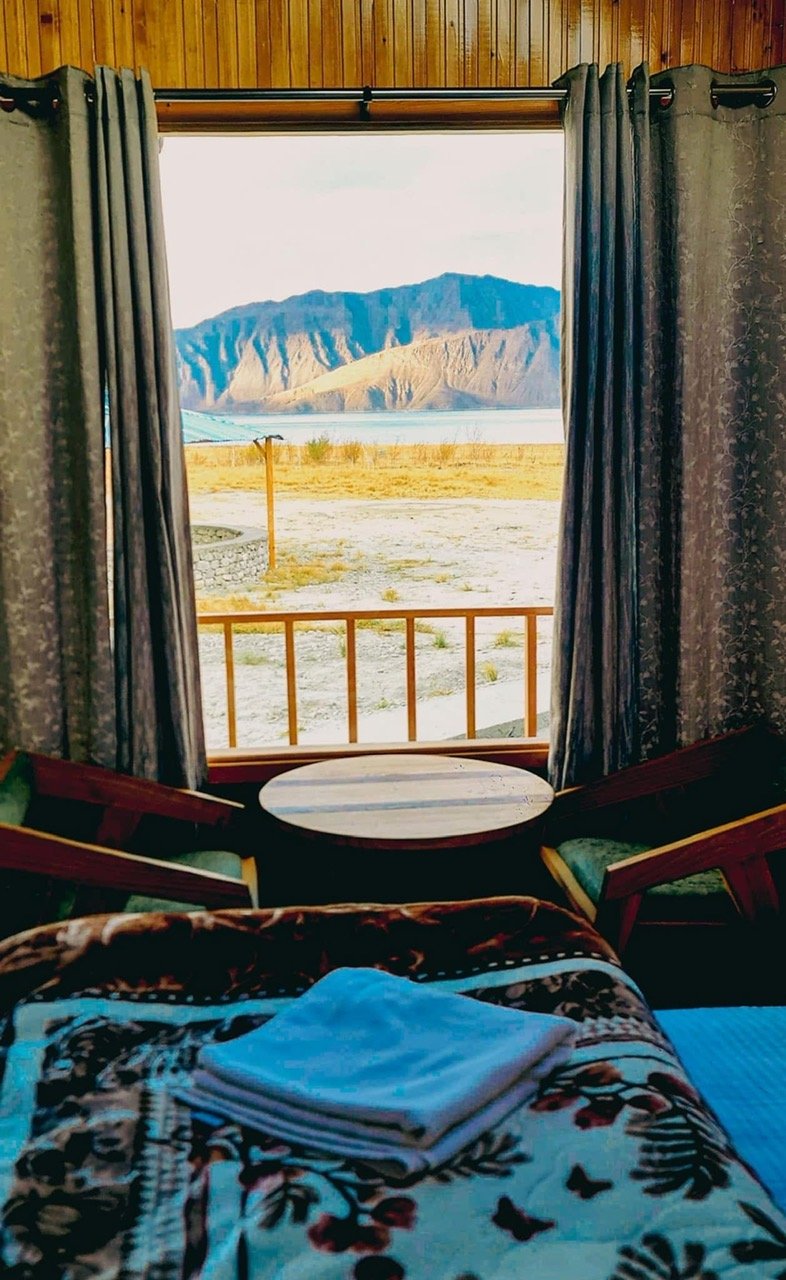
The door opens to the outside world
Ladakh four seasons – symphony of nature
Each season in Ladakh is like a different coat covering the silent plateau. Spring is from March to May, the ice begins to melt, green grass sprouts behind the white snow, the climate is cool at only 10-15°C. This is the ideal time for light trekking, breathing in the scent of the land and sky that has not yet been touched by many people.
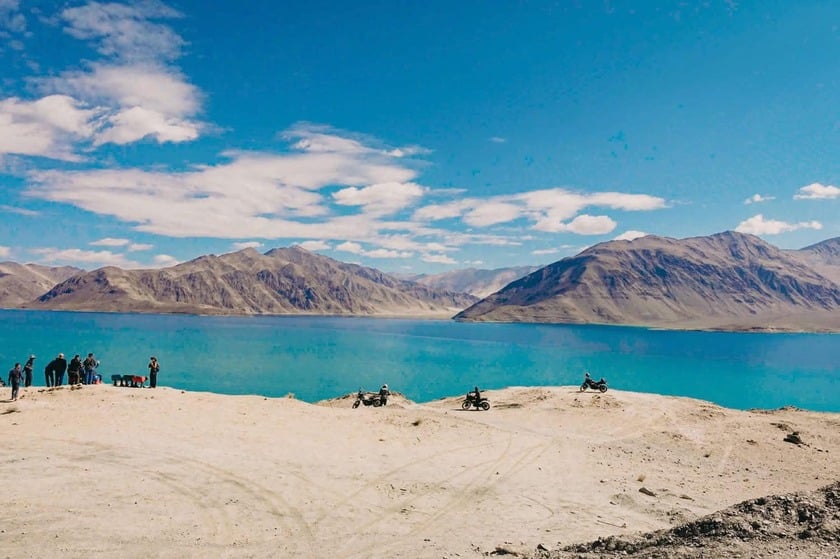
Blue Pangong Lake
Come summer, Ladakh enters its most vibrant season. From June to August, the high mountain passes open up for thrilling motorcycling. Pangong Lake is blue, Nubra Valley is sunny, and Ladakh comes alive. However, daytime temperatures can reach 25°C, with scorching sun, while nights are cool, forcing people to constantly balance between sun and wind.
September and October are autumn – the season of red and yellow colors flooding the mountain slopes. “Very suitable for those who love taking photos and exploring culture,” Thu Hien said. This is also the time when Ladakh is dry and cool, inviting dreamers to go hunting for photos.

Each season, Ladakh has its own beauty.
Winter – from November to February – is a world of its own for adventure seekers. “Ladakh in winter is a truly unique and challenging experience, completely different from other seasons,” she stressed. Snow covers the entire region, and the Pangong and Tso Moriri lakes freeze, to the point where you can walk on them. The landscape is like the Arctic, breathtakingly beautiful and bone-chillingly cold.
This is also the season for the legendary Chadar Trek – walking on the Zanskar glacier. Temperatures can drop below -30°C. “Only those who truly love silence and pristine beauty can understand the feeling here,” she said.
Ancient Buddhist monasteries like Hemis and Thiksey are covered in snow. Locals burn wood, drink hot soup, and live in the winter without phones or noise... only nature and themselves remain.
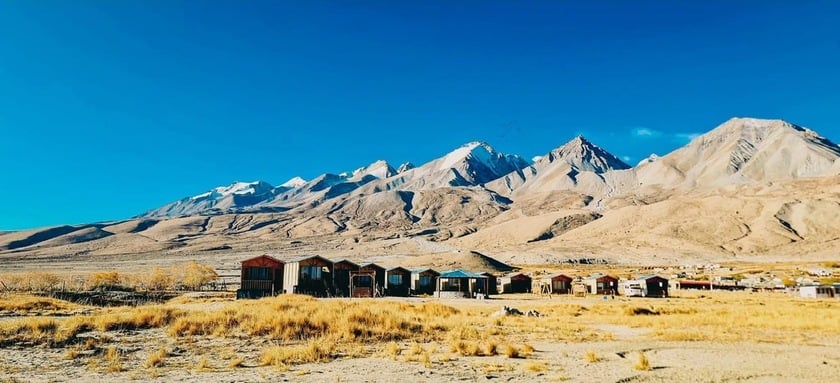
Where indigenous people live a nomadic life, in harmony with nature
Breathing at 3,000 meters – a journey that requires careful preparation
With an average altitude of 3,000 to more than 5,000 meters above sea level, Ladakh is not only a challenge in terms of weather and terrain but also a battle with the body itself. Altitude Sickness is a very common phenomenon, even in healthy people. Symptoms such as headache, nausea, shortness of breath or fatigue can appear suddenly when the body has not yet adapted to the much thinner oxygen level than in the plains.
Hien especially emphasized: “Don’t be subjective. Before the trip, prepare your physical strength by doing light exercise and walking every day. When you arrive, on the first day you should rest, move slowly, drink lots of water, at least 2-3 liters/day to avoid dehydration.” The diet also needs to be adjusted, tourists should limit greasy foods and alcohol, increase hot soup and easily digestible foods.

Altitude Sickness is a very common phenomenon, even in healthy people. Therefore, tourists need to prepare carefully on their journey to conquer Ladakh.
An important experience is to use Diamox - a drug that helps the body get used to the altitude, but must be taken a day before going up. "If you feel too tired or have difficulty breathing, do not try to move further. Return to a lower point and use an oxygen tank if necessary," she noted.
Inner connection in the land of no signal
Not only a physical challenge, Ladakh is also a place where visitors are forced to “disconnect from the world” to listen to themselves. Mobile networks here are weak or non-existent in many areas. “If you are the type of person who always needs a strong network, Ladakh will teach you how to live slowly. But thanks to that, I have moments of absolute silence – no phone, no email, just me and nature,” Hien shared.
She also noted that only Indian postpaid SIMs work in Ladakh. Networks like BSNL or Airtel can be used in Leh and some surrounding areas, but once you get deeper into the country, losing connection is normal. “Don’t see it as an inconvenience. See it as an opportunity to slow down and truly connect,” Hien said.
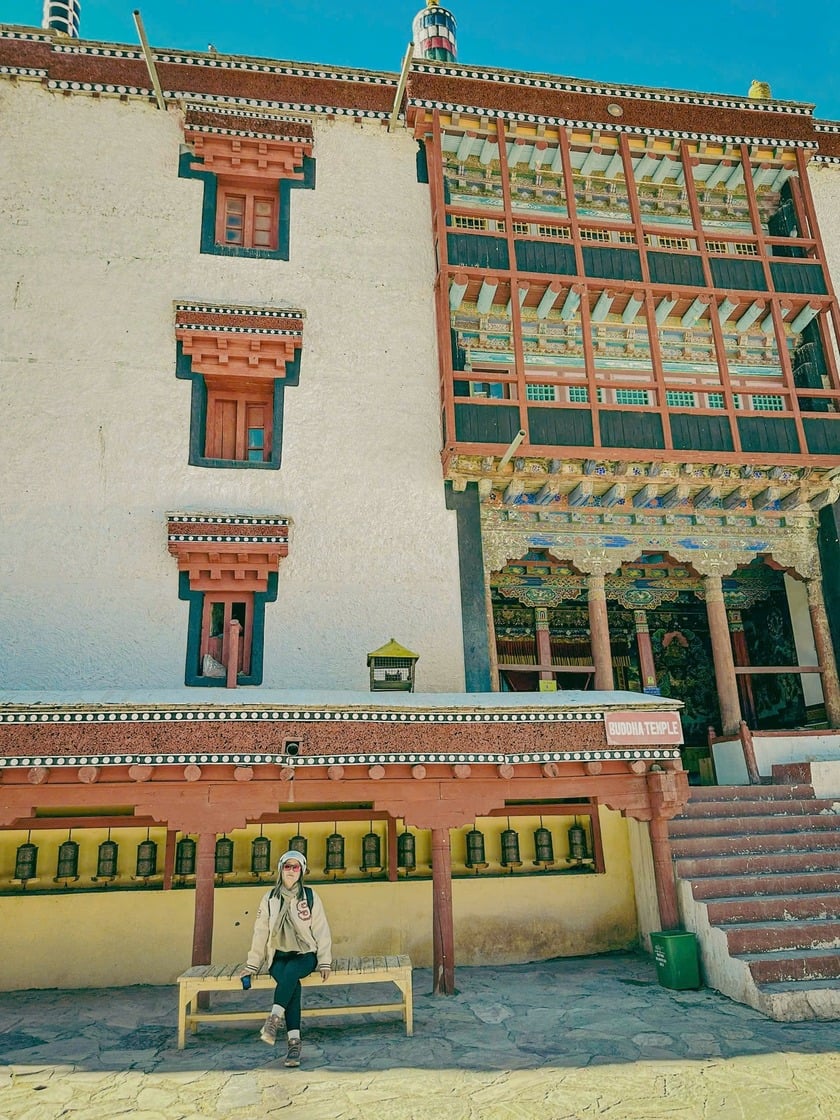

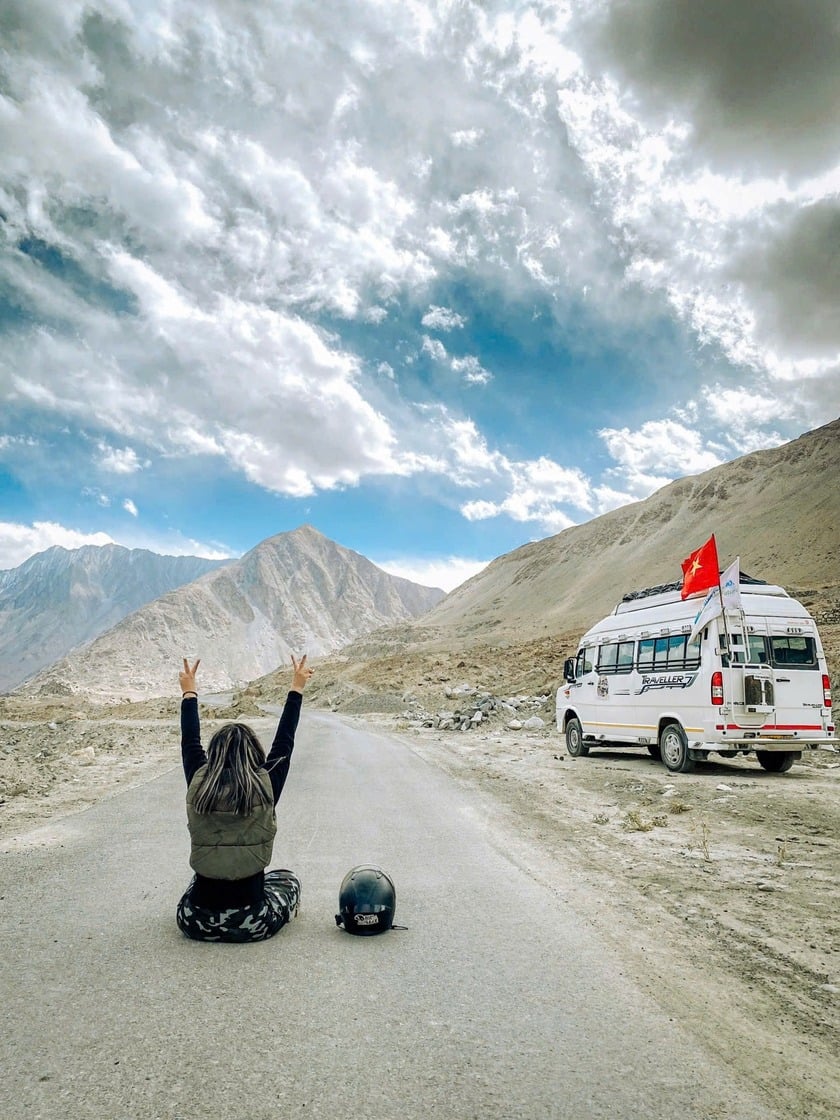
More than just a physical challenge, Ladakh is also a place where visitors are forced to “disconnect from the world” to listen to themselves.
When asked about her most memorable moment, Thu Hien recounted the moment she crossed the valley by motorbike, alone with the rolling mountains: “At that moment, my heart felt light. I realized that life is not about the destination, but about each moment of being truly alive – free, awake and connected to myself.”
For those looking for a “completely different” journey, where there are not only beautiful landscapes but also inner lessons, where you have to face yourself in the silence of snow and mountains – Ladakh is a destination not to be missed.





























